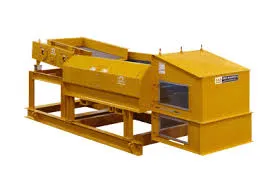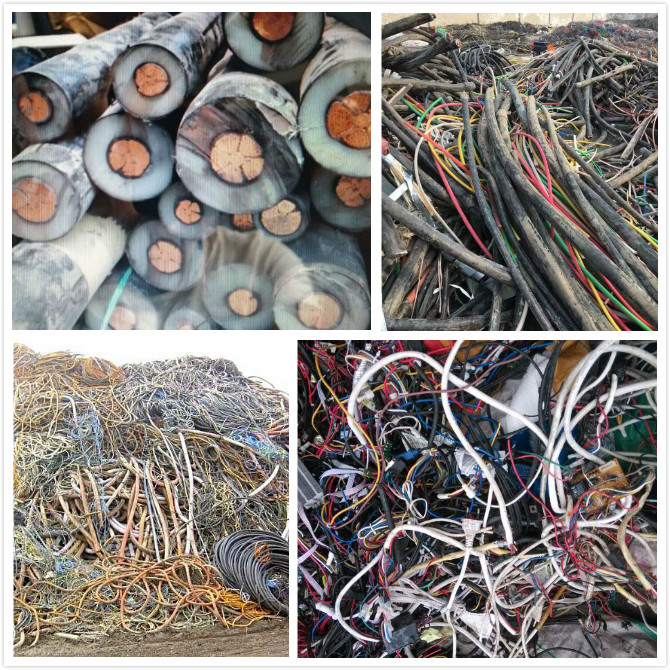Waste sorting machines have revolutionized the waste management industry, offering an efficient and innovative approach to waste separation. These machines embody advancements in technology that address the critical need for systematic waste management in both urban and rural settings. As experts in environmental sustainability and waste management machinery, we delve into the nuanced capabilities of these machines, showcasing their importance and reliability.

Waste sorting machines are intricately designed to segregate various types of waste materials including plastics, metals, glass, and organic matter. These machines use a combination of conveyor belts, shredders, sensors, and robotic arms to effectively sort waste according to pre-defined categories. The expertise and engineering behind these machines ensure a high degree of accuracy and efficiency, reducing the amount of recyclable materials erroneously sent to landfills.
The expertise involved in designing these carefully calibrated machines is notable. Engineers and environmental scientists collaborate to create technology capable of operating in diverse environments, from sprawling urban landfills to smaller community-based waste centers. These machines feature sophisticated technologies such as AI-powered sensors and optical sorting technologies to identify and categorize waste materials. Real-time data processing allows for adaptive learning, enabling the machine to improve its sorting accuracy over time.

Authoritativeness in the field is demonstrated by the rigorous testing and compliance with environmental regulations these machines undergo. Certifications and endorsements from environmental agencies add a layer of authenticity and reliability, assuring users of their performance and sustainability credentials. Many waste sorting machines are subject to continuous improvements based on user feedback and technological progress, maintaining their position at the forefront of waste management solutions.
waste sorting machine
Building trustworthiness in this technology stems from the transparency of operations and results. Users can monitor sorting processes via integrated software systems, which offer detailed reports on sorting efficiency and machine performance. These systems can be tailored to deliver insights critical for refining waste management strategies, ensuring that users not only trust the equipment but value it as an integral component of their waste management infrastructure.
The real-world impact of waste sorting machines is significant. In municipalities around the globe, the deployment of these machines has resulted in markedly higher recycling rates, reduced waste management costs, and lower environmental footprints. For businesses, investing in waste sorting technology enhances corporate social responsibility profiles and contributes to sustainability targets, meeting both regulatory requirements and consumer expectations.
Beyond their practical benefits, waste sorting machines symbolize a commitment to technological advancement and environmental stewardship. They embody a progressive approach to waste management that aligns with global sustainability goals such as those set by the United Nations. By continuously refining these machines, the industry sets a precedent for innovation and responsibility in handling one of the world's most pressing environmental challenges.
In conclusion, waste sorting machines stand as a testament to human ingenuity in addressing environmental challenges. They offer an advanced, authoritative, and trustworthy solution for effective waste management across various settings. As the global community increasingly prioritizes sustainability, the role of waste sorting machines is poised to expand, making them an indispensable asset in the quest for a cleaner, more sustainable world.


